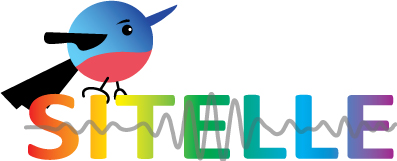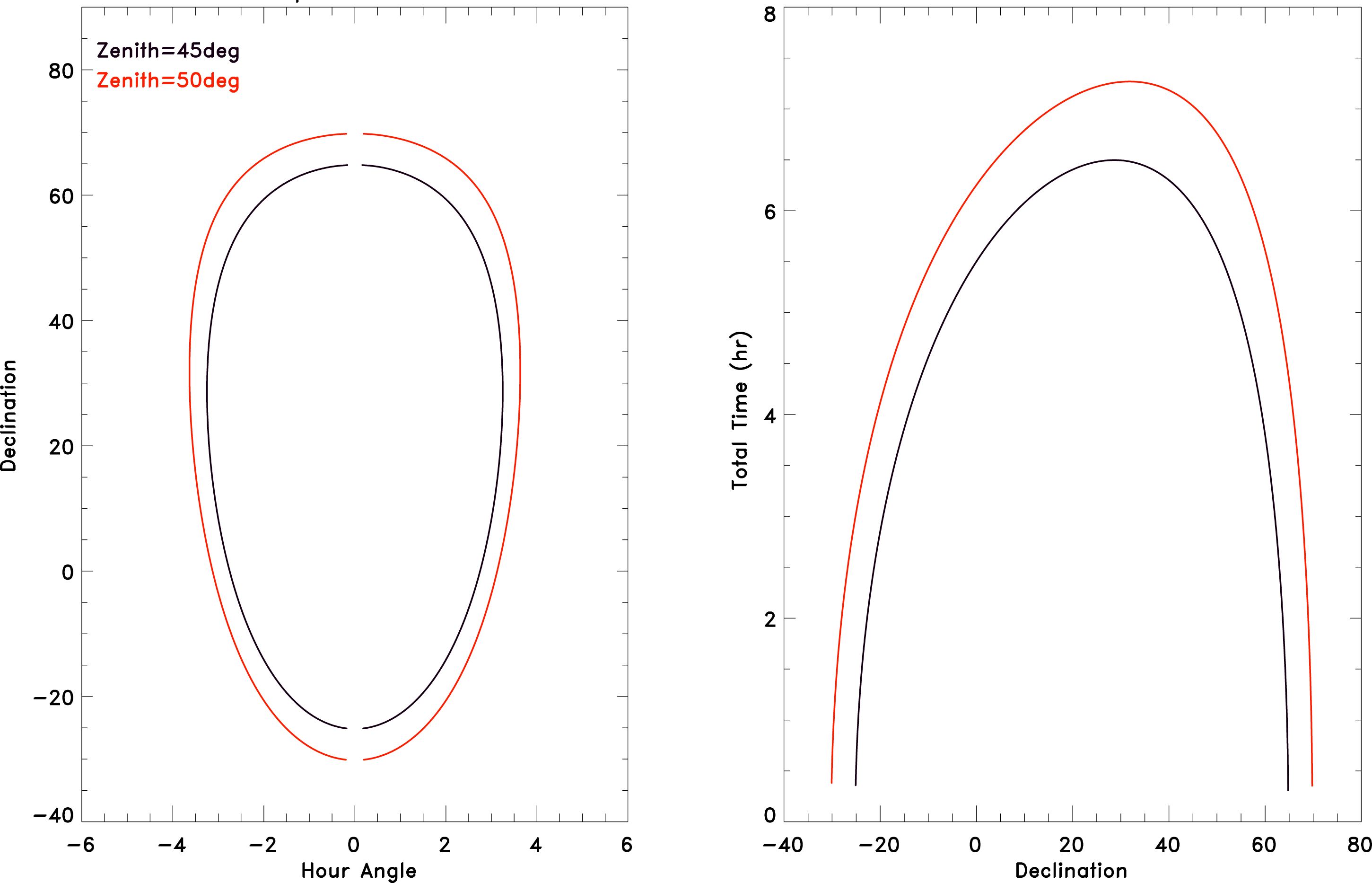 |
| SITELLE Home |
| CFHT Home |
| General Information |
| News |
| Instrument Description |
| Fourier Transform Spectroscopy |
| FTS-Primer |
| Publications & SV data |
| Presentations and publications |
| Science Verification data |
| Acknowledgment Text |
| Specifications & Performance |
| Specifications |
| Technical considerations |
| Filters |
| Observing with SITELLE |
| Observations Cookbook |
| Exposure Time Calculator |
| Queued Service Observing * |
| SkyProbe * |
| Data Preprocessing & Calibration |
| ORBS data processing pipeline |
| Standard Stars |
| CFHT MetaData Products |
| Calibration Images Archive |
| ORCS line fitting tool |
| Real Time Image Processing |
| Twilight Flat-Fields Status |
| Focus Sequences Status |
| Calibration Stars Status |
| Spectral Flat Status |
| Instrument Operations |
| Cooling Status* |
| Cryostat Status * |
| External Related Sites |
| Data Archiving at CADC * |
| Contacts |
| Support Astronomers |
| Outreach |
| SITELLE 1st Light |
| * = External Browser Link |
| Technical considerations to prepare SITELLE observations |
IntroductionThis page will provide information of interest to the observer preparing SITELLE observations. Like Megacam, WIRCam, and ESPaDOnS, SITELLE is operated in Queued Service Observing mode. Classical observing is not offered to observers. Observers will receive their SITELLE data after pre-processing (and astrometric and photometric calibration) by the CFHT ORBS analysis system, though they may request raw data if necessary. Observing ConstraintsHereafter we list some of the constraints that PIs should keep in mind when writing a proposal for SITELLE, and when entering their PH2. The critical idea here is to keep OGs as short as what is allowed by the scientific goals of your proposal.
|
